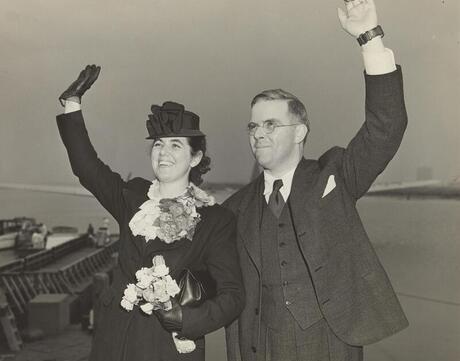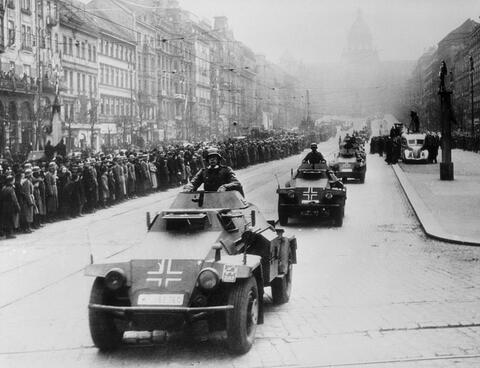
The Sharps’ Dilemmas
At a Glance
Language
English — USSubject
- History
Grade
12Duration
One 50-min class period- The Holocaust
Overview
About this Lesson
In February 1939, Waitstill and Martha Sharp, an American Unitarian minister and his wife, left the safety of their home and family to rescue refugees in Europe on the brink of World War II. This lesson introduces the Sharps and invites students to investigate the choices they made and the risks they took to help strangers. Students begin with a journal entry to prompt reflection on their own decision-making. Then they use a short video and companion readings, including primary sources, to learn more about the Sharps and to create historical character maps. Finally, students discuss the relationship between identity and decision-making in the Sharps’ lives and in their own.
Lesson Plans
Activities
Extension Activities
Unlimited Access to Learning. More Added Every Month.
Facing History & Ourselves is designed for educators who want to help students explore identity, think critically, grow emotionally, act ethically, and participate in civic life. It’s hard work, so we’ve developed some go-to professional learning opportunities to help you along the way.
Exploring ELA Text Selection with Julia Torres
On-Demand

Working for Justice, Equity and Civic Agency in Our Schools: A Conversation with Clint Smith
On-Demand

Centering Student Voices to Build Community and Agency
On-Demand










